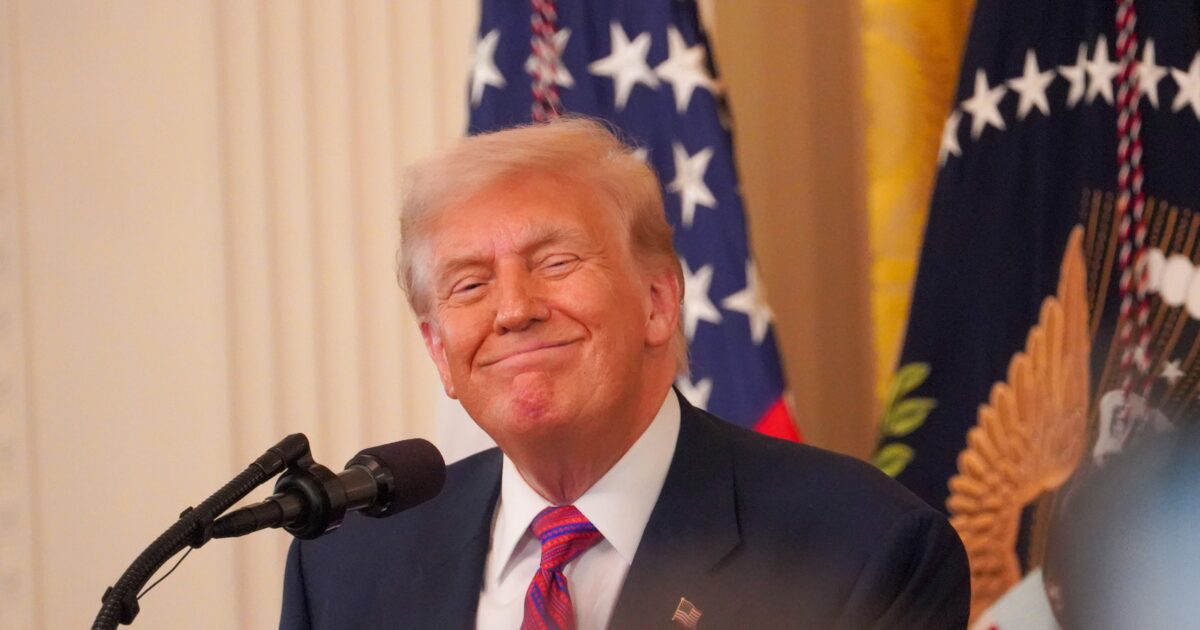U.S. President Donald Trump has signed an executive order to allow crypto investments in 401(k) retirement plans, opening the gates for millions of dollars to flow into the asset class.
The order, which also allows for private equity investments, is poised to dramatically widen the scope of what retirement plan providers can direct funds to. This in turn could help crypto prices while further integrating digital assets with the broader financial system.
“Alternative assets, such as private equity, real estate, and digital assets, offer competitive returns and diversification benefits,” a fact sheet published Thursday said.
While it was never technically prohibited to add crypto to a retirement plan, the Department of Labor previously put out guidance for fiduciaries to “exercise extreme care before they consider adding a cryptocurrency option to a 401(k) plan’s investment menu for plan participants.”
In May, that guidance was fully rescinded. Trump’s order would now direct the DOL to publish new guidance which would put cryptocurrencies in the same bucket as other assets.
This could encourage wealth managers, who previously stayed away from the risky asset class, to reconsider their positions, possibly bringing millions of dollars into exchange-traded funds (ETFs) holding bitcoin
and other assets, or the cryptos directly.
“This order isn’t about the government saying ‘crypto belongs in 401(k)s.’ It’s about the government getting out of the way and letting people make their own decisions,” said Matt Hougan, chief investment officer at Bitwise.
The order comes as crypto assets have finished one of its best quarters to date, with many of them reaching new all-time highs in June amid several promising steps towards clearer regulation in the U.S. Bitcoin, which is currently trading at $117,351 and is up 26% year-to-date, has also been seeing its volatility shrink to levels not seen since 2023, signaling a maturing market and investor confidence.
While both spot crypto as well as other financial vehicles holding the assets will be ok to add to retirement plans, given the risk-averse nature of such investments, many managers could reach for the ETFs rather than direct exposure.
“I already trade the BTC ETFs in my IRA. I think the BTC ETFs are fine for retirement accounts. But straight coin seems too risky and would be better suited to non retirement accounts,” said Jeffrey Hirsch, CEO of Hirsch Holdings and editor-in-chief of Stock Trader’s Almanac.
The spot bitcoin ETFs have seen unprecedented success since their launch in January 2024. BlackRock’s iShares Bitcoin Trust (IBIT) alone is now handling over $85 billion worth of bitcoin.
Debanking order
Trump signed several executive orders on Thursday, including another one addressing debanking. A fact sheet published by the White House said the order would “ensure that Federal regulators do not promote policies and practices that allow financial institutions to deny or restrict services based on political beliefs, religious beliefs or lawful business activities, ensuring fair access to banking for all Americans.”
The order itself directs federal banking regulators, the Small Business Administration and the Treasury Secretary, alongside other officials, to “remove the use of reputation risk or equivalent concepts that could result in politicized or unlawful debanking” within the next six months.
The order itself did not mention crypto, though the fact sheet said the “digital assets industry has also been the target of unfair debanking initiatives.”




